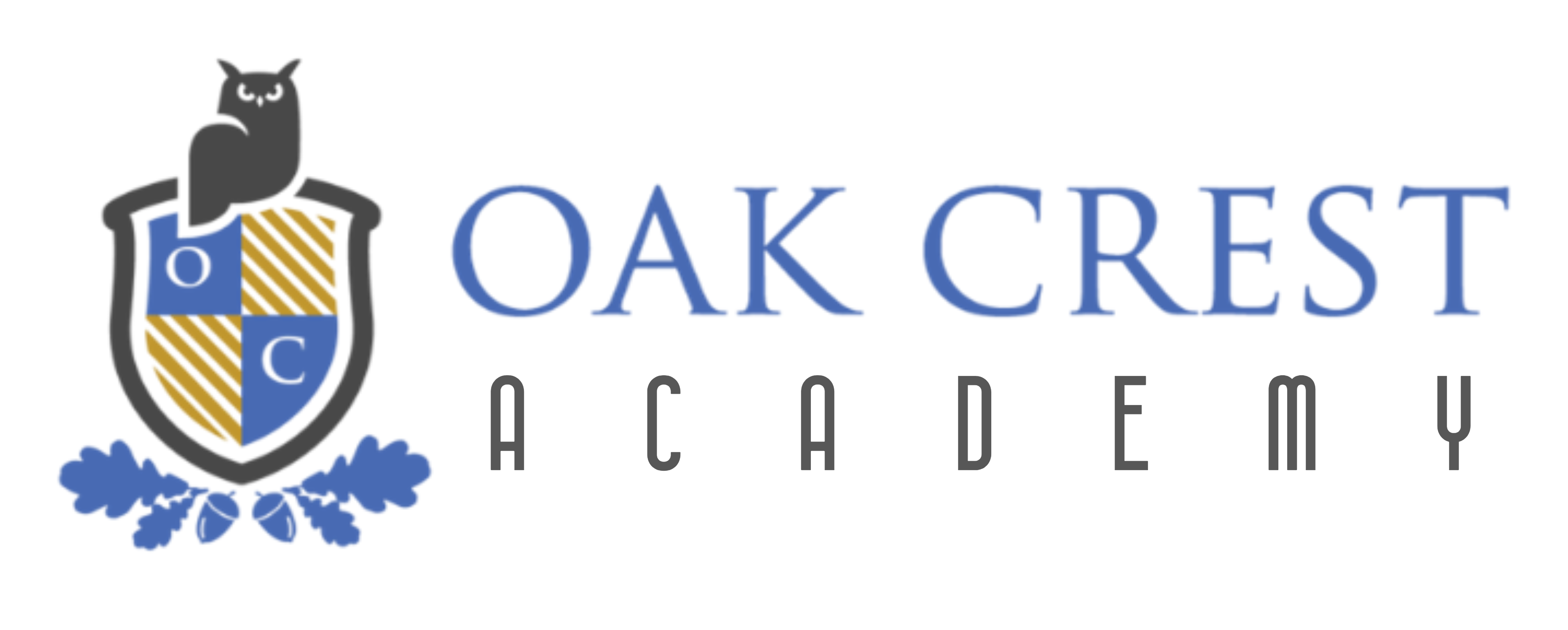
We all know that education in this country first began when all the town children attended the one-room schoolhouse. All grades were represented, with one teacher handling all the duties.
As towns got larger, the schools got bigger, but the concept remained the same. All grades were still contained in the same school building. The schools became known as K-8 as there were eight levels in the school.
This is the way it stayed until the middle of the twentieth century when educators tried a new approach by separating out students in the middle grades to better group them by social and emotional levels with the hope of better preparing them for high school.
Grades 6 to 8 were grouped into middle schools, and grades 7-9 were grouped into junior high schools. And that’s the way it has remained, with 90 percent of students today enrolled in either middle school or junior high school.
Has this move been successful? It depends on what you measure, and it depends on how what you consider to be education.
Education can be looked at as the process of teaching students to master certain subjects. It can be looked at as teaching students to think for themselves and learn how to learn. It can also be looked at in a more general way to help students mature, learn about themselves, and learn to cope in a world of constantly increasing complexity and pressures.
In addition to test performance, measures of educational effectiveness can include students’ perceptions about themselves – their confidence levels, their self-image, their feelings about how they will succeed or fail in today’s society as they move forward.
A recent study suggests that the old way, the one schoolhouse, the K-8 school may still be the best in providing the confidence needed for a healthy student self-image and positive outlook toward educational development.
Comparing Achievement Between K–8 and Middle Schools
The study was conducted by the NYU Steinhardt School of Culture, Education, and Human Development. It compared middle school students with those in K-8 schools on their perception of their own reading skills.
The study has been published online in the Journal of Early Adolescence. It attempted to compare the academic and psychosocial outcomes for the students in these different academic environments.
Author Elise Cappella, associate professor at the Steinhardt School, stressed the importance of the middle years for student biological, psychological, and social changes. Student self-perceptions of their own academic competence are critical at this time in their lives. They are learning who they are and how to engage with the learning process and school.
Middle Schools Growing More Competitive
Compared with K-8 school education programs, middle schools often have more students per grade as well as less positive teacher-student relationships, according to the research. This leads to a more competitive student environment with less student autonomy and less student cooperation.
Research has shown a mix of academic results from these different environments, with some studies showing better results for K-8 schools.
Teachers in middle schools and junior high schools may not have the same knowledge as their K-8 counterparts of the developmental process of the whole child. They may not be as responsive to student social or emotional needs.
Combining less teacher sensitivity with a more competitive environment could make students more anxious and more isolated and lead to lower self-esteem.
Significance of Student’ Beliefs
The study by Elise Capella and her associates measured student beliefs about their own academic competence. They found that middle school students were more likely to have a negative view of their reading skills and interest levels. They also found that teacher views of student reading and writing abilities were more negative.
One of the conclusions of the study was that the middle school environment could be improved to better serve the social and emotional needs of the early adolescent. Strengthening the middle school can change the perceptions of both teachers and students and improve the chances of developing positive self-images and higher confidence levels for academic achievement.
Resurgence of the K-8 School Model
There seems to be a resurgence of K-8 schools. In North Carolina, Charlotte Mecklenburg schools transitioned some elementary schools to K-8 schools with positive results in both academic and behavioral areas.
The feeling is that students better collaborated across grade levels, helping younger students learn cooperation and older students feeling rewarded for taking leadership roles.
A similar result was found in research by Martin West, associate professor of education at the Harvard Graduate School of Education and Guido Schwerdt, a postdoctoral fellow at the Program on Education Policy and Governance at Harvard.
Their study showed better performance of the K-8 students, and benefits to both younger and older students.
Orange County, FL,is renewing its educational landscape, with three K-8 schools now in place and five more on the way. Paige Tracy is a long-time principal at Arbor Ridge, a K-8 school in Orlando and considered one of the top schools in the state. She believes in the K-8 model over the middle school model. She sees fewer discipline problems and a more dynamic relationship among students, younger and older.
Older students serve as tutors for younger students on Wednesdays. Second and seventh-graders read back and forth with each other, and both groups enjoy it.
Mayhem in the Middle
A New York school research study authored by Jonah Rockoff and Benjamin Lockwood of Columbia University concluded that students who enter stand-alone middle schools experience significant drops in their math and English scores on standardized tests compared with their K-8 counterparts.
Rockoff and Lockwood wrote an article, Stuck in the Middle, for Education Next, in which they discussed the differences between the school types including the higher absentee rates for middle school students.
Citing their evidence on the gap between the schools, they further concluded that “middle schools are not the best way to educate students, at least in places like New York City. It raises the question—should we eliminate stand-alone middle schools altogether?”




